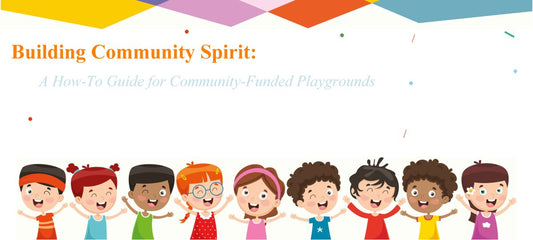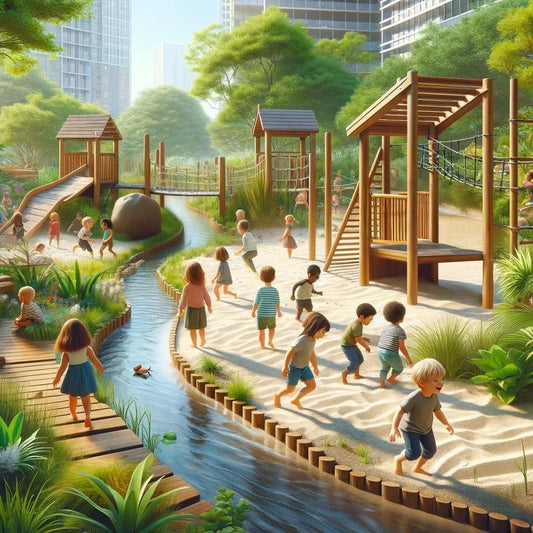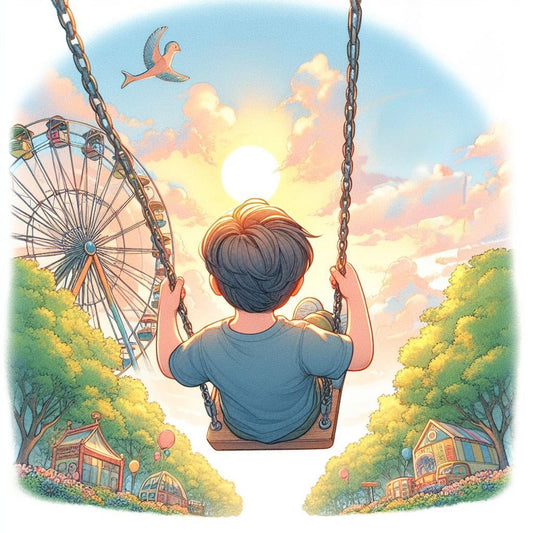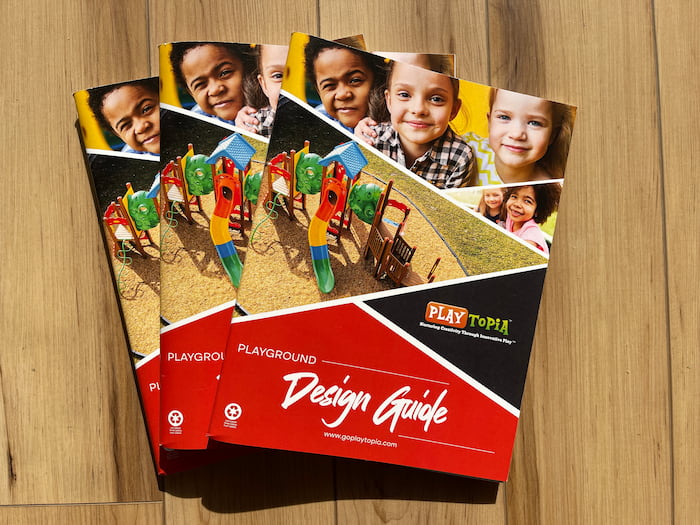
What Is Parallel Play? Understanding A Crucial Stage in Childhood Development.
Tanner MorrowShare This Article
Parallel play, a term that often pops up in discussions about early childhood development, is a fascinating stage where toddlers engage in play alongside each other without direct interaction. This phase is pivotal for various aspects of a child's growth, including social skills, emotional understanding, motor development, and language acquisition. Let's dive deeper into what parallel play is, its benefits, and how parents and caregivers can support children during this stage.
What is Parallel Play?

The Modular Mud Kitchen by Playtopia promotes parallel play!
Parallel play is a developmental stage where children play next to each other but do not interact directly. They might use similar toys or engage in similar activities, yet their play is independent. This stage typically occurs in toddlers around 2 years of age and serves as a stepping stone to more interactive forms of play. Despite the lack of direct interaction, children in parallel play are keen observers, learning from their peers by watching and sometimes imitating their actions.
Historical Perspective on Parallel Play
The concept of parallel play was first introduced by Mildred Parten in the 1930s, who outlined it as one of the stages of play in early childhood. According to Parten, parallel play is a transition phase from solitary play, where children play alone, to associative and cooperative play, where the interaction with peers becomes more prominent and complex.Benefits of Parallel Play
Parallel play is not merely a way for children to pass the time; it has several key benefits that contribute to a child's overall development:1. Motor Skill Development
Children often imitate the actions of their peers during parallel play, trying out new ways of manipulating toys and engaging in activities. This imitation helps them refine their gross and fine motor skills, expanding their physical abilities and coordination.2. Social and Emotional Growth
While engaging in parallel play, children become more aware of their peers' presence and actions. This awareness is the foundation for developing empathy, as children start to notice and react to the emotions and behaviors of others. They learn the basics of sharing space and toys, setting the stage for more complex social interactions.3. Language and Communication
As children observe and interact with peers in their own way, they pick up new vocabulary and language structures. Parallel play encourages children to express their needs and desires, moving beyond relying solely on caregivers for communication.4. Building Confidence and Independence
Playing alongside peers without direct interaction allows children to explore and engage with their environment at their own pace. This autonomy fosters self-confidence and a sense of independence, crucial traits for personal development.Supporting Parallel Play
Parents and caregivers play a vital role in facilitating parallel play and maximizing its benefits. Here are some ways to encourage and support parallel play:- Provide Appropriate Play Materials: Offer toys and materials that are conducive to parallel play. Ensure that there are enough similar toys available so that children can play side by side without direct competition.
- Create a Safe and Inviting Play Environment: Designate a play area where children can engage in parallel play comfortably and safely. The space should allow them to observe each other while providing enough room for independent exploration.
- Observe and Intervene Minimally: While it's important to supervise, avoid excessive intervention in children's play. Allow them to navigate their own experiences while being available to step in if necessary.
- Encourage Observation and Imitation: Point out interesting activities or actions of peers to your child to encourage observation and imitation, key components of learning during parallel play.
Understanding and supporting parallel play can make a significant difference in a child's growth, helping them build a solid foundation for future learning and socialization.
For more detailed insights on parallel play, consider exploring sources like Wikipedia's article on parallel play and the NAPA Center's discussion on the topic, which provide comprehensive overviews of the concept and its importance in child development.


















